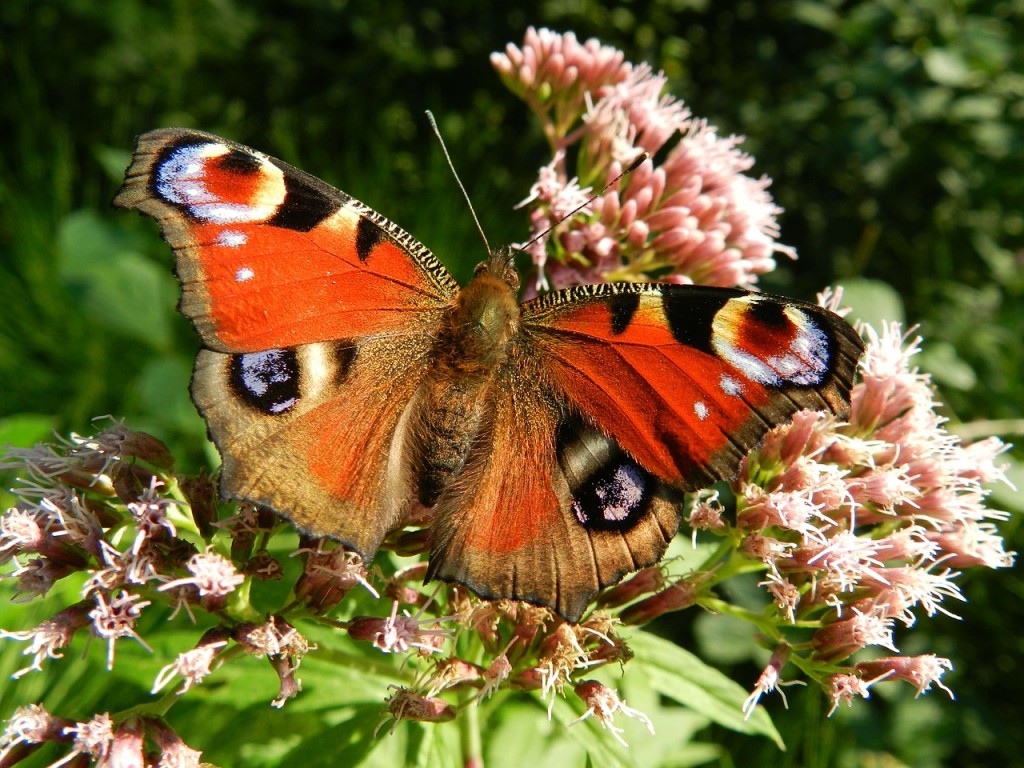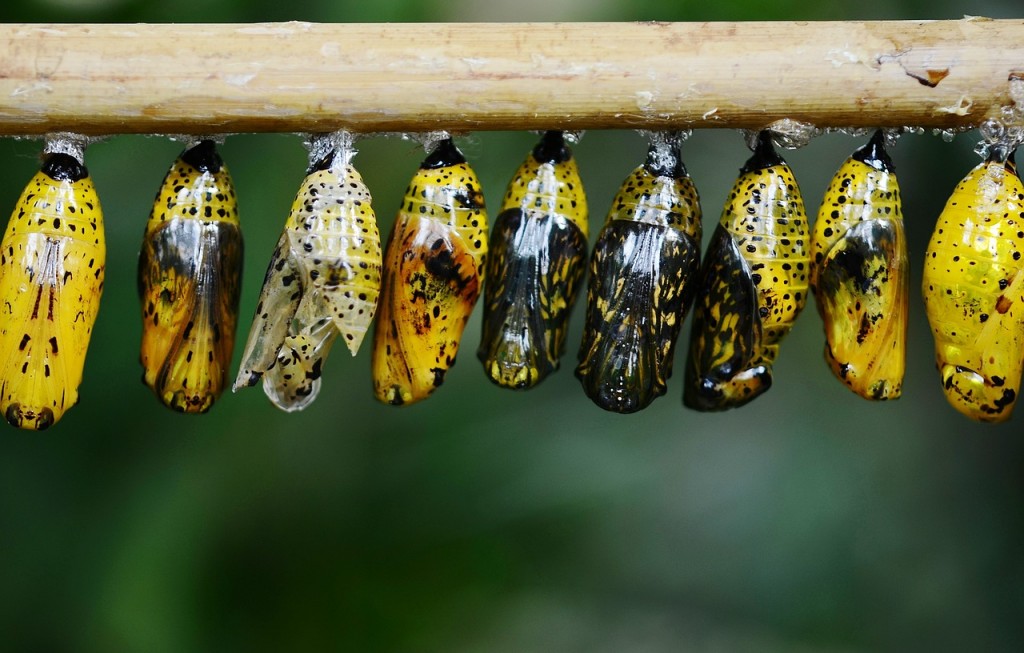
Aside from offering a great deal aesthetic value to our countryside and heritage, butterflies offer a great deal to the world in which they live, which is far beyond what we see as they flutter past.
Much like bees, butterflies are heavily involved in the pollination of plants, but they do this in a way that is much different, not only from bees, but any other animal on our planet.
A different kind of pollinator
Bees operate on a pretty organised operation of pollination, which is why they are heavily utilised in the commercial growing of fruits and vegetables.
That said however, butterflies are known to travel much longer distances, evenly covering large areas of plants in a single sitting.
According to Mike Malloy, “butterflies like to perch on larger flower heads when they hunt nectar, collecting pollen on their legs and body as they search for food,” he says that “the legs and the butterfly’s proboscis are longer and farther away from the flower’s pollen so less pollen collects on its body parts than it does on bees, but still they are very effective pollinators.”
It’s no secret that 90 per cent of all plants need pollinators to reproduce, and with the current decline of the bee population, butterflies are proving ever more vital to the ecosystem.
It is also known that butterflies provide assistance in the genetic variation of the plant species that they collect nectar from, largely thanks to their long distance travel – allowing pollen to be shared across differing groups of plants that are sometimes miles away from one another.
This means that the plants involved become more resistant to diseases – giving them a better chance of survival.

A natural pest control
Butterflies also provide a critical role in natural pest control, and limit the need for harmful insecticides or other chemicals.
Hartley Botanic has long championed natural forms of pest control, often by utilising natural enemies against each other.
It’s worth noting however, that depending what kind of climate your garden provides, to the type of soil that it contains, it will attract different species of butterfly.
They provide a clear indication of ecosystem changes
Although we may not know it to look, but butterflies actually provide us with clear indications of the state of our environment.
Reacting quickly and with extreme measure, butterflies are known to change their behaviour and activity to even the slightest changes within the areas that they inhabit.
This provides us with an “early warning” indication that something is not right in a particular area – which is why butterflies are some of the most monitored animals in the world.
But butterfly decline can also effect other animals too.
Stephen Dickie at Butterfly Conservation says that, “birds plan their whole breeding season around when caterpillars will be most abundant. If the butterfly and caterpillar numbers are depleted then there’s not going to be a lot of food for developing chicks.”

Butterflies and other animals
As you can imagine, butterflies can be found at the base of the food chain, making them an important food source for many birds and mice.
This means that when the butterfly population suffers, so does everything else above it – creating a “butterfly effect”. Interestingly, nearly two thirds of all invertebrate species can be linked back to the butterfly via the food chain.
It’s why scientists fear that if the butterfly were to disappear, it could cause the collapse of the much of the ecosystems that we need.


